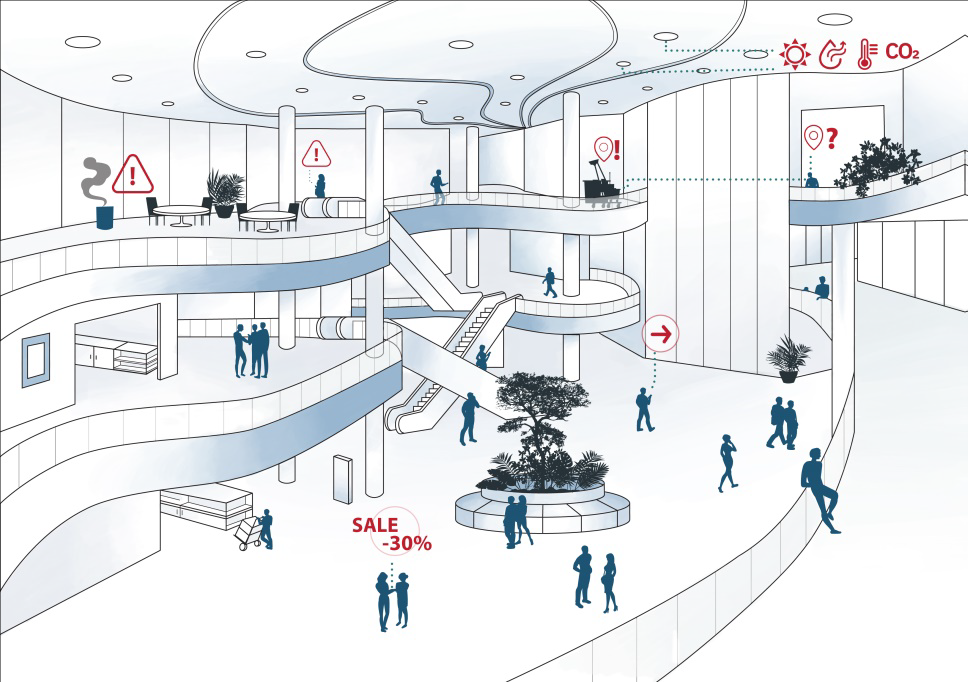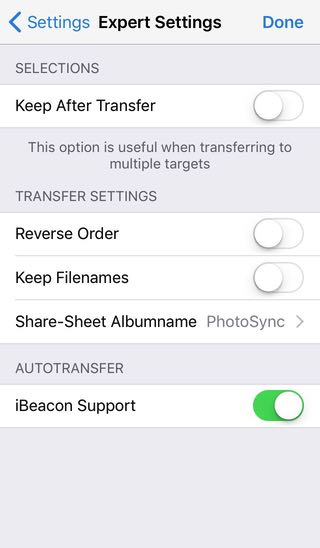The Nordic blog has an informative post on How IoT-Based Predictive Maintenance Can Reduce Costs. It explains how connected sensors can save maintenance costs through reduced downtime. The post provides some examples from the power industry and explains how the same techniques can be used in the tools, retail, distribution and physical infrastructure industries.
As the post mentions, the challenge is how to scale this up. We are told IoT is the solution. Here at BeaconZone, we don’t believe IoT is always the solution, especially where there’s a requirement for higher sensor sampling frequencies. There’s too much data, too much data transfer and too much server processing. It really doesn’t scale. Apart from the waste and cost of these resources, the latency of triggering events based on the data is too high. Instead, look to so called ‘edge’ or ‘fog’ computing where more processing is done nearer the sensors and only pertinent data is sent to other systems.
Need more help? Consider a Feasibility Study.

